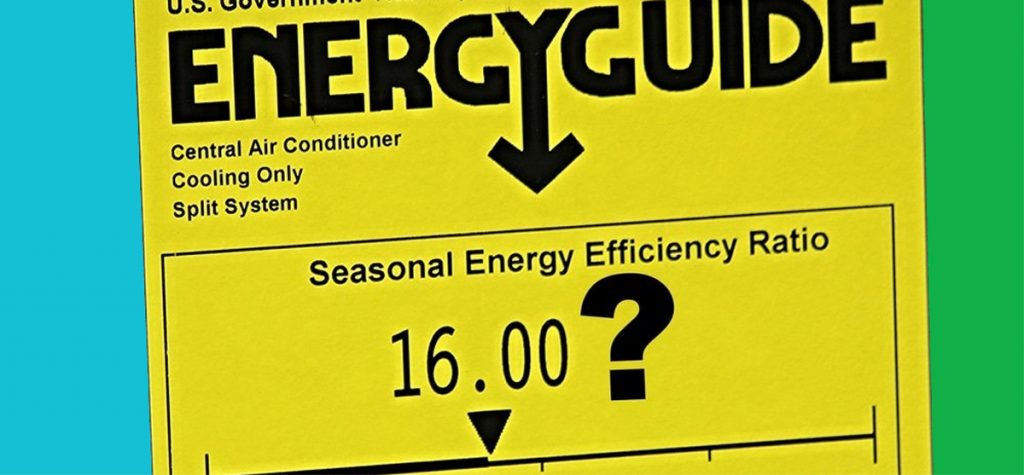If your shopping then know the acronyms
If you’ve shopped for an heating or cooling equipment recently, you’re probably aware of the alphabet soup of energy efficiency acronyms that looms over the task. But challenging though it may be, it’s important to understand what those acronyms mean so you can make smart choices when it comes time to buy a new A/C or heating system.
To help you, we’ve put together this quick reference for five important energy efficiency abbreviations. If our definitions still aren’t clear, or if you have questions about other HVAC terms, just give us a call – we’re happy to talk shop!
- AFUE (Annual Fuel Utilization Efficiency) – A measure of how efficiently a furnace or boiler uses fuel during a complete heating season (higher AFUE rating = higher efficiency).
- BTU (British Thermal Unit) – The amount of energy needed to raise or lower the temperature of a single pound of water by one degree F.
- BTU/h or BTUh (BTUs per hour) – The total number of BTUs produced by a heating or cooling unit in an hour; this is the number you often hear when describing the capacity of a furnace or air conditioner (a “5,000 BTU air conditioner” produces 5,000 BTUh). Related to BTUh is the notion of “tons”, which is a measure of capacity rather than weight: one-ton system can output 12,000 BTUh – about enough to cool 400 square feet of floor space.
- EER (Energy Efficiency Ratio) – A comparison of the output of AC system (in BTUs) and the electrical power input needed to produce that output – assuming a constant outside air temperature and 50 percent relative humidity. EER is a theoretical measurement done under test conditions.
- SEER (Seasonal Energy Efficiency Ratio) – A measure of AC and heat pump efficiency over an entire cooling season. SEER compares the total cooling output to the total electrical energy input needed during the same time frame (higher SEER rating = higher efficiency).

